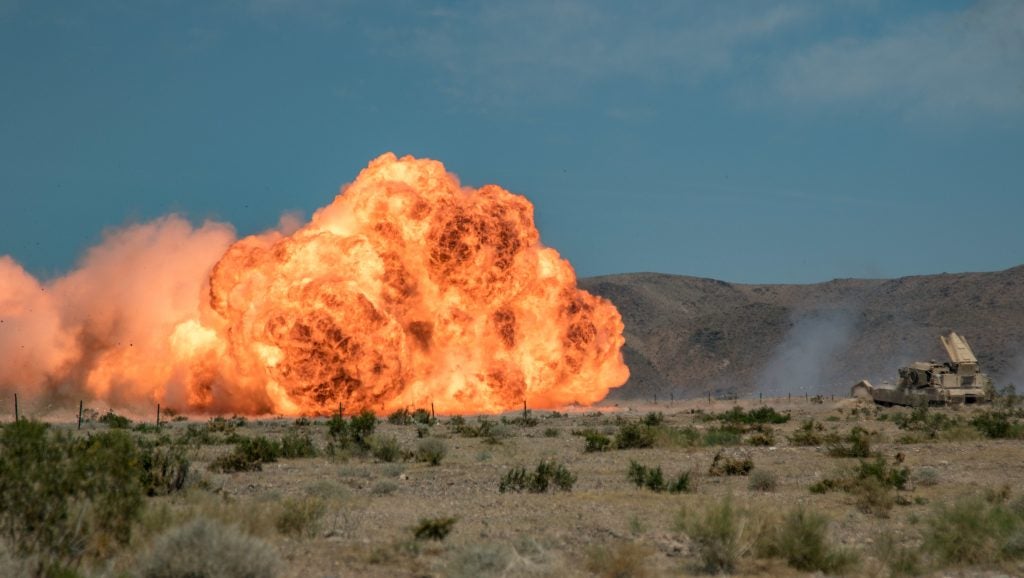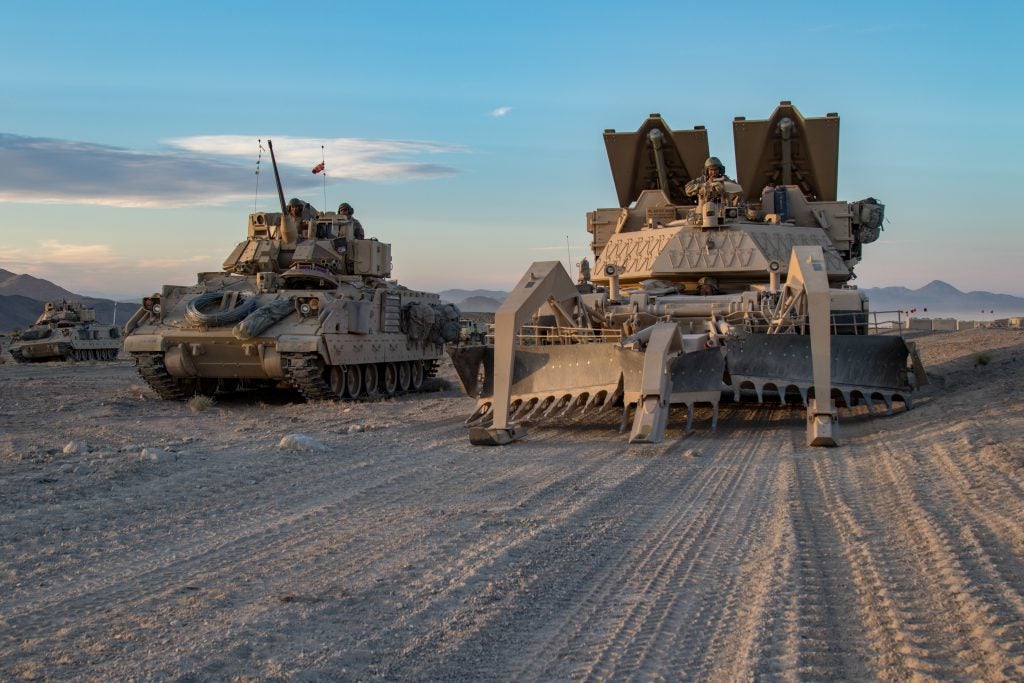US Army Assault Breacher Vehicle to Launch Drones
The US Army Contracting Command this week released a requirement for the integration of UAVs (unmanned aerial vehicles) with the M1150 Assault Breacher Vehicle (ABV). According to the published requirement; “The primary objective of the UAS [unmanned aerial system] will be to carry a smart radio to retransmit a Radio Frequency/Signal and to provide additional situational awareness (vision) to troops that would be operating from a concealed and covered location.”
It appears, from the little information released, that the planned UAS may be tasked with jamming enemy IEDs (improvised explosive devices) along with a more traditional role in route reconnaissance. Intriguingly, the ABV itself can be controlled remotely as an unmanned ground vehicle (UGV) most recently in a variant known as the Robotic Complex Breach Concept (RCBC).This development may see one of the first instances of a UGV launching UAVs.

The M1150 is based on the M1A1 main battle tank but modified with a pair of Linear Demolition Charge Systems mounting the MICLIC (Mine Clearing Line Charge) which, according to the Marines, “consists of 1,750 pounds of C4 explosive in small packets about the size of a 5 pound bag of sugar. The packets are strung together in a 350 foot long strand and layered into an oval that fits into a green shipping box. The end of the strand is attached by rope to an 8 foot rocket that pulls the strand out behind it when fired. That deploys the line charge across a minefield, and the line charge detonates to clear an 8 meter by 100 meter lane.”
This cleared lane, and any obstructions or barricades, can be dealt with by the M1150’s Combat Dozer Blade. For longer dwell IED and mine-clearing operations, the Full Width Mine Plow (FWMP) can be mounted instead, something of a current day homage to Hobart’s Funnies of D-Day fame. The M1150, although developed too late for the major urban battles of the Iraq war (Fallujah in 2004 for instance where AAV-P7/A1 were used to deploy the MICLIC), debuted in Helmand Province in 2009, successfully facilitating the clearance of Now Zad and Marjah.

